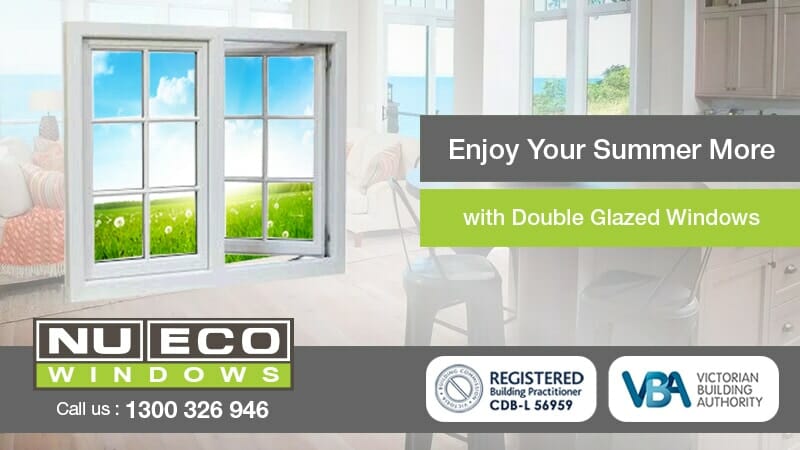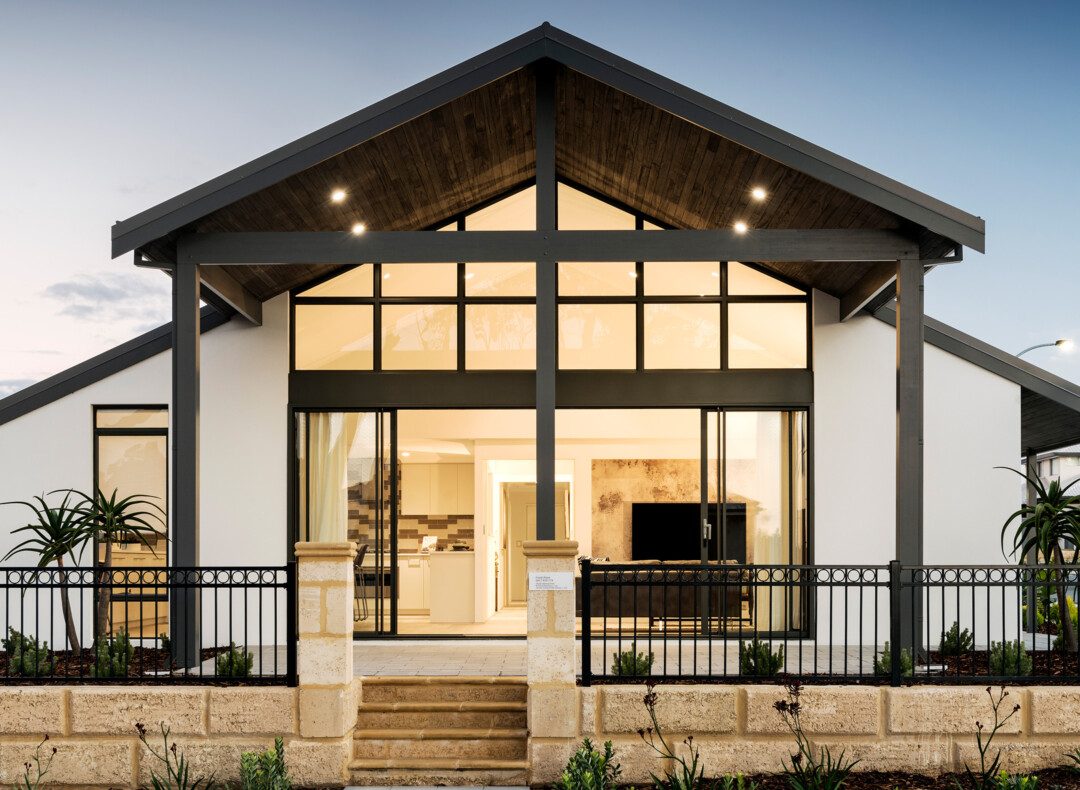All Categories
Featured
Table of Contents
Guide To Double Glazing – Functional And Energy Efficient in Yanchep Western Australia
Laminated glass is often used in locations in the home most susceptible to injury from human impact such as restrooms, doors, around staircases and in locations near to the floor (it meets the requirements of 'shatterproof glass' that is mandated for use in these locations by Australian Standard AS 1288 Glass in buildings).
Toughened glass has been 'tempered' by being reheated and quickly cooled once again. This process makes it much stronger than basic glass it can withstand greater impact loads prior to breaking. It also makes it more secure since, when it does shatter, it gets into numerous small cubic pieces rather than harmful shards.
Insulated Glass Unit – Igu in Gosnells Western Australia
Toughened glass has no thermal or acoustic advantages over other glass of the same toning or density. Secondary glazing is where single-glazed windows are retrofitted with a transparent acrylic or glass sheet connected to the within the frame or openable sash with a secondary frame or with magnetic strips.


Secondary glazing will not carry out as well thermally as a made IGU, considering that it is impossible to completely seal the perimeter, but it can supply great noise control. Window movies are a thin polymer movie including an absorbing dye or reflective metal layer, with an adhesive support. They stay with your glazing to alter its colour or make it reflective.
How Double Glazing Can Help Keep Your Home Cool In ... in Carlisle Western Australia
Applied to existing glass, some window movies can halve the general SHGC of the window by soaking up and/or showing solar radiation. This can be particularly helpful in hotter climates where cooling is the main issue, or on east and west elevations directly exposed to extended periods of sunlight. Nevertheless, window movies might likewise decrease visible light transmittance.

For this factor, it is generally best to utilize an accredited installer of window film. Frames have a substantial impact on the thermal performance of doors and windows, because energy can be gotten and lost through the frame, along with through the glass. Various types of frame will enable various levels of heat gain and loss, so cautious option of frame is important for reliable passive design.
Double Glazed Windows Brisbane in Kiara Western Australia
Aluminium is likewise a really great conductor of heat and will decrease the insulating value of a glazing system, unless particularly crafted to minimize this. A 'thermally broken' frame is comprised of 2 aluminium sections connected by a structural insulator (generally a low-conductivity structural polymer). This 'breaks' the thermal connection through the aluminium and minimizes the heat streaming through the frame.
Wood frames are a good natural insulator that can fit some home designs. Lumber frames need to be made from types that have naturally high durability or be dealt with to prevent decay and deformation.
How Does Double Glazing Keep Heat Out? in Guildford Perth
(weather condition stripping) is set up.
u, PVC doors and windows have excellent thermal performance Image: Ben Wrigley (Light House Architecture and Science) Composite frames use aluminium profiles on the outer areas with either a wood or u, PVC inner area. These combine the low maintenance and sturdiness of aluminium with much enhanced thermal efficiency.
Latest Posts
Window Glazing For Households - Energy in Myaree WA
Why You Need Secondary Glazing In The Summer in Madeley WA
Secondary Glazing: Is It Worth It? in Applecross Perth